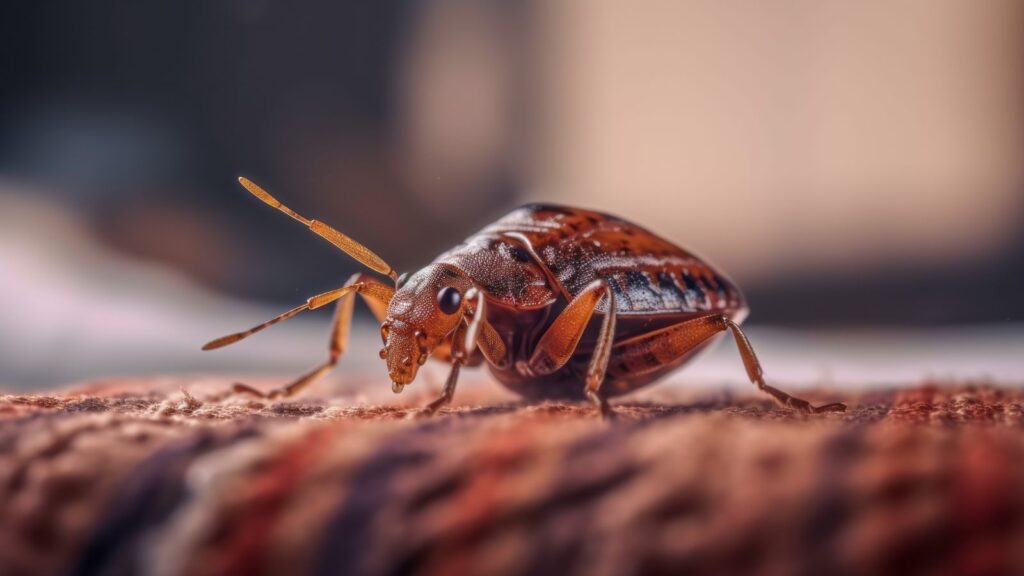No one wants to find creepy crawlies making themselves at home in their cosy abode. While some bugs are harmless, others can cause significant damage or even pose health risks. These are the 17 bugs you definitely don’t want to find in your home.
Cockroaches
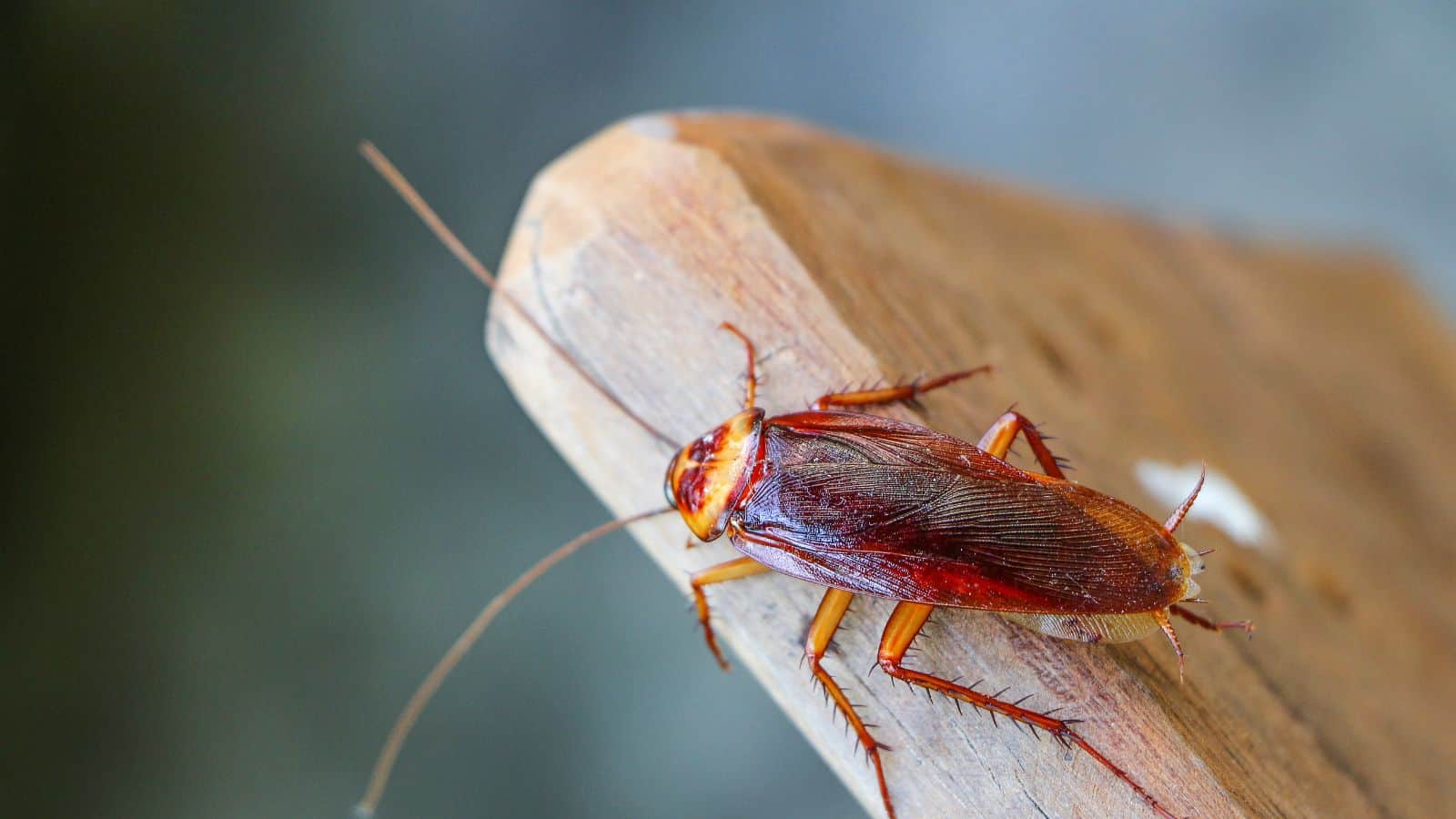
“Cockroaches are considered to be dangerous as an allergen source and asthma trigger,” reveals Healthline. They are notorious for their ability to thrive in just about any environment, which makes them particularly troublesome, and they can carry diseases and contaminate food, too. These resilient pests are attracted to food scraps and moisture, so keeping your home clean and dry is crucial.
Termites
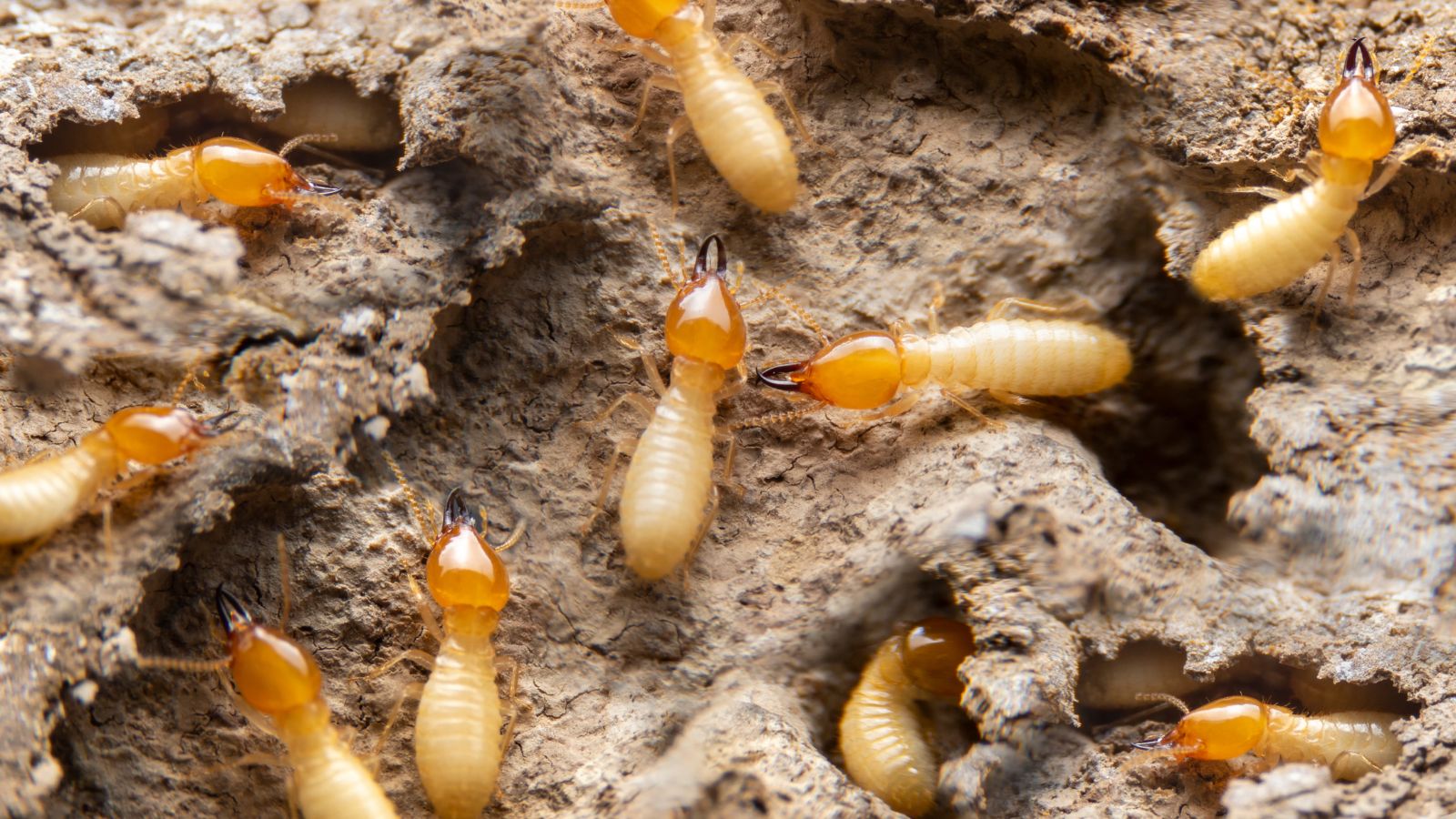
They might be small, but termites can cause enormous damage to the structure of your home, and these wood-eating insects can chew through beams, floors, and even wallpaper, potentially leading to costly repairs. They often go unnoticed until the damage is extensive. To prevent termites, keep wood away from your home’s foundation.
Bed Bugs
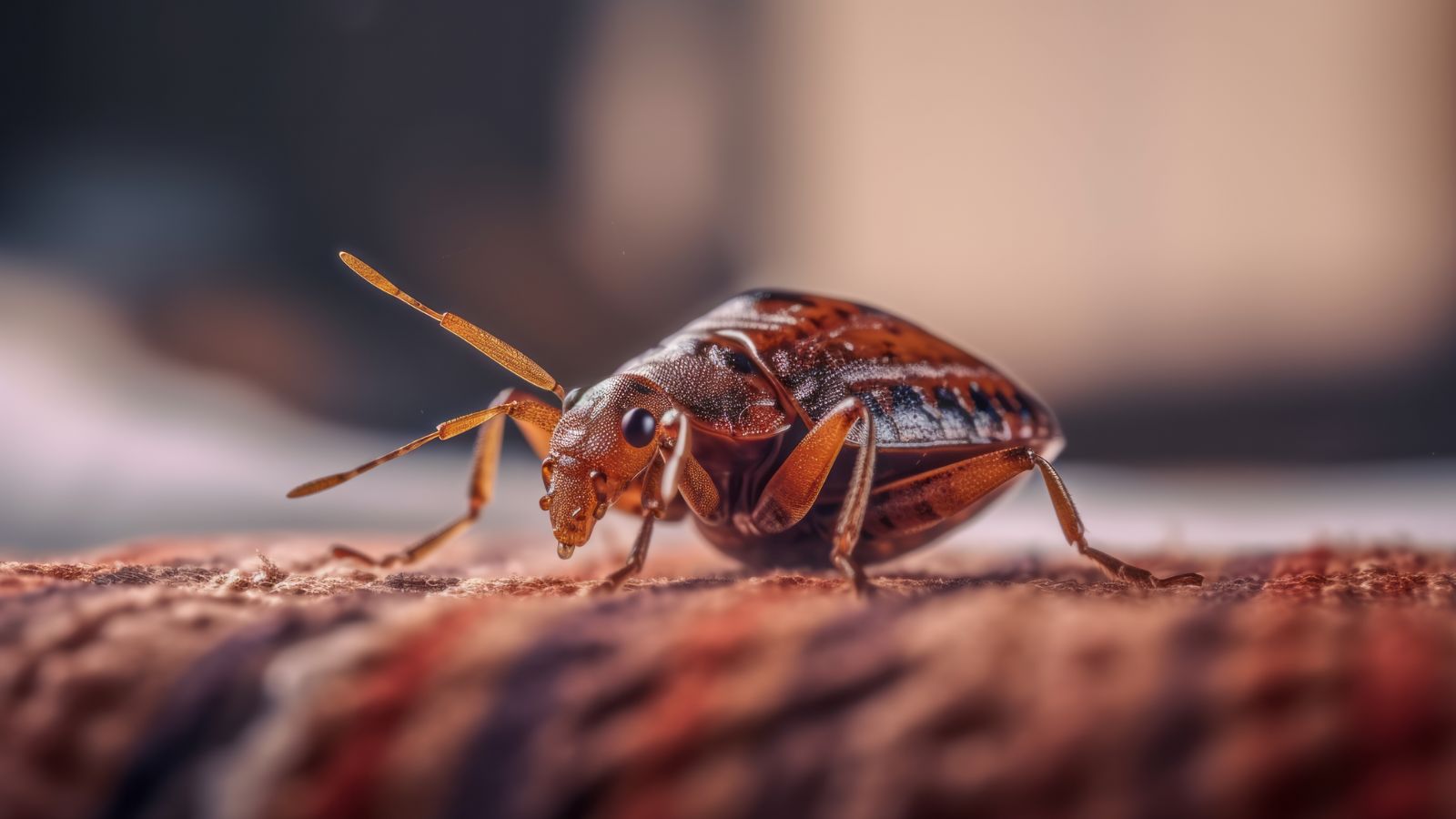
Bed bugs are infamous for their ability to infest beds and furniture, making nights uncomfortable with their itchy bites. They are excellent hitchhikers, often entering homes via luggage, clothing, or second-hand furniture. Bed bugs are difficult to eradicate once they settle in. Regularly wash and dry bedding on a high heat.
Ants
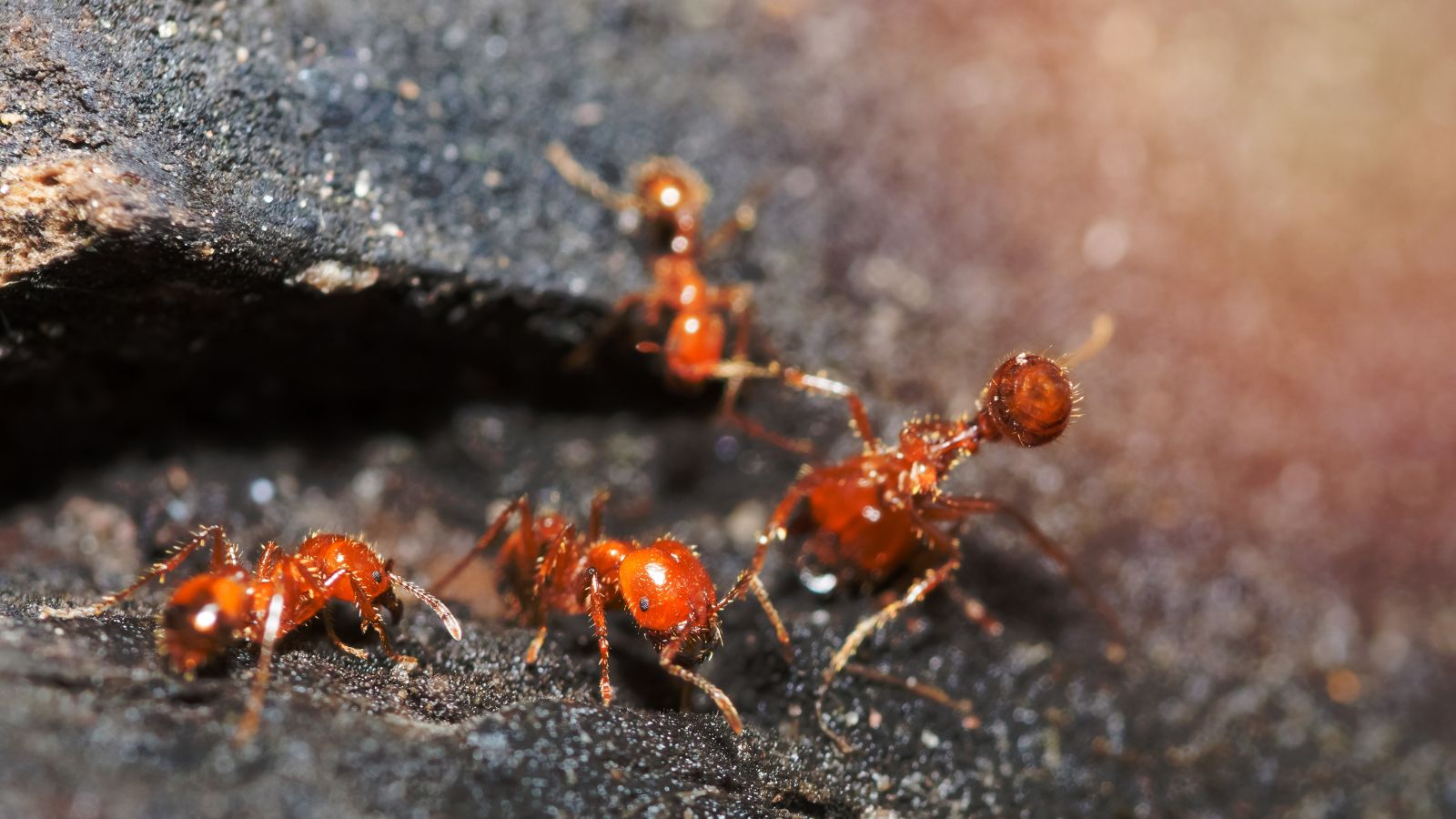
Ants might seem harmless, but some species can cause serious problems; carpenter ants, for example, can damage wood structures, while others can contaminate food. Ants are attracted to food and water, so keeping your kitchen clean and storing food in sealed containers is essential.
Spiders
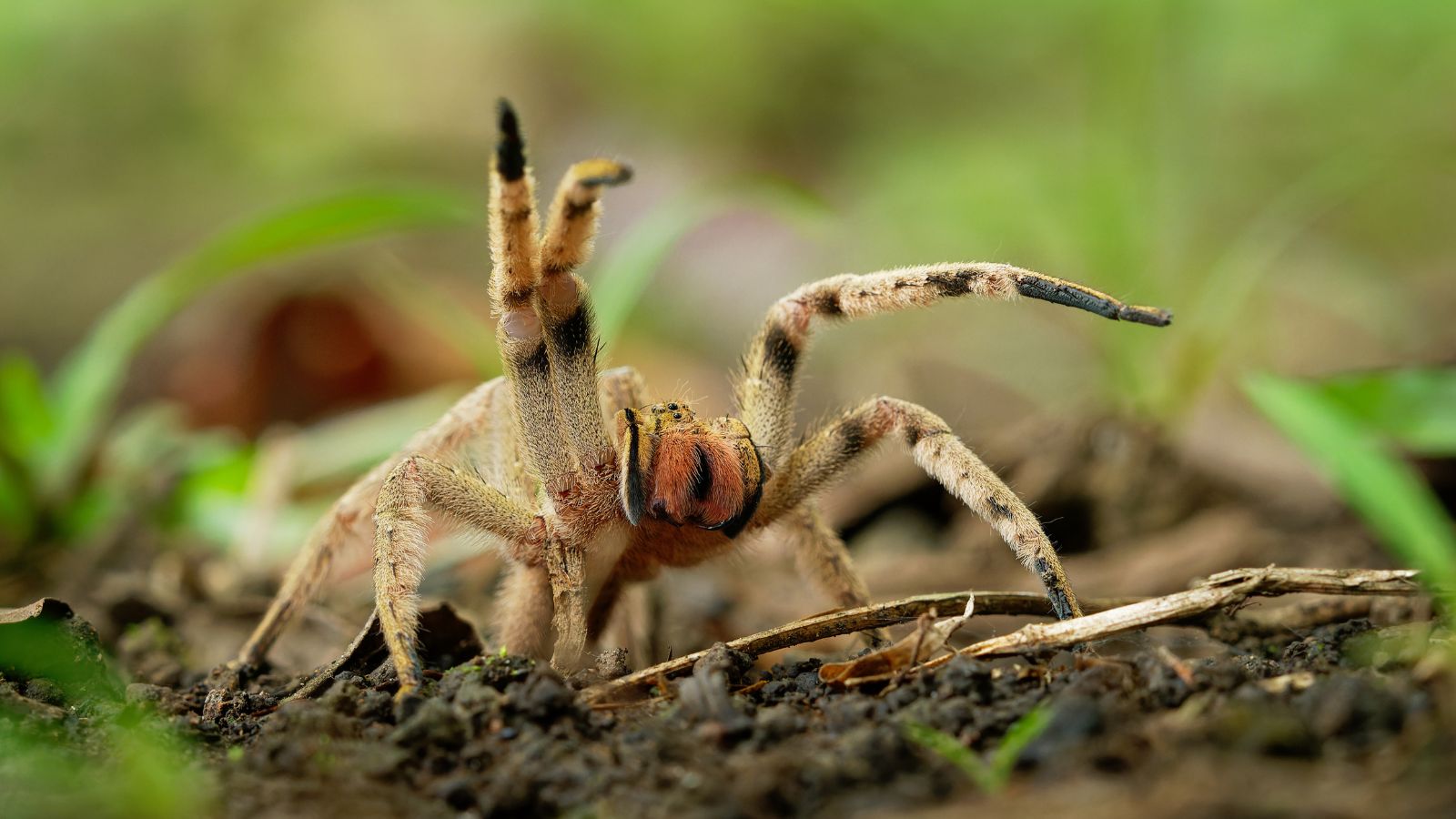
While most spiders are not harmful and even help control other pests, some species, like the black widow and brown recluse, can deliver painful and potentially dangerous bites. Spiders often enter homes in search of food and shelter. To reduce the chance of a spider invasion, keep your home free of other insects, seal cracks and crevices, and keep your home clutter-free to eliminate their hiding spots.
Wasps
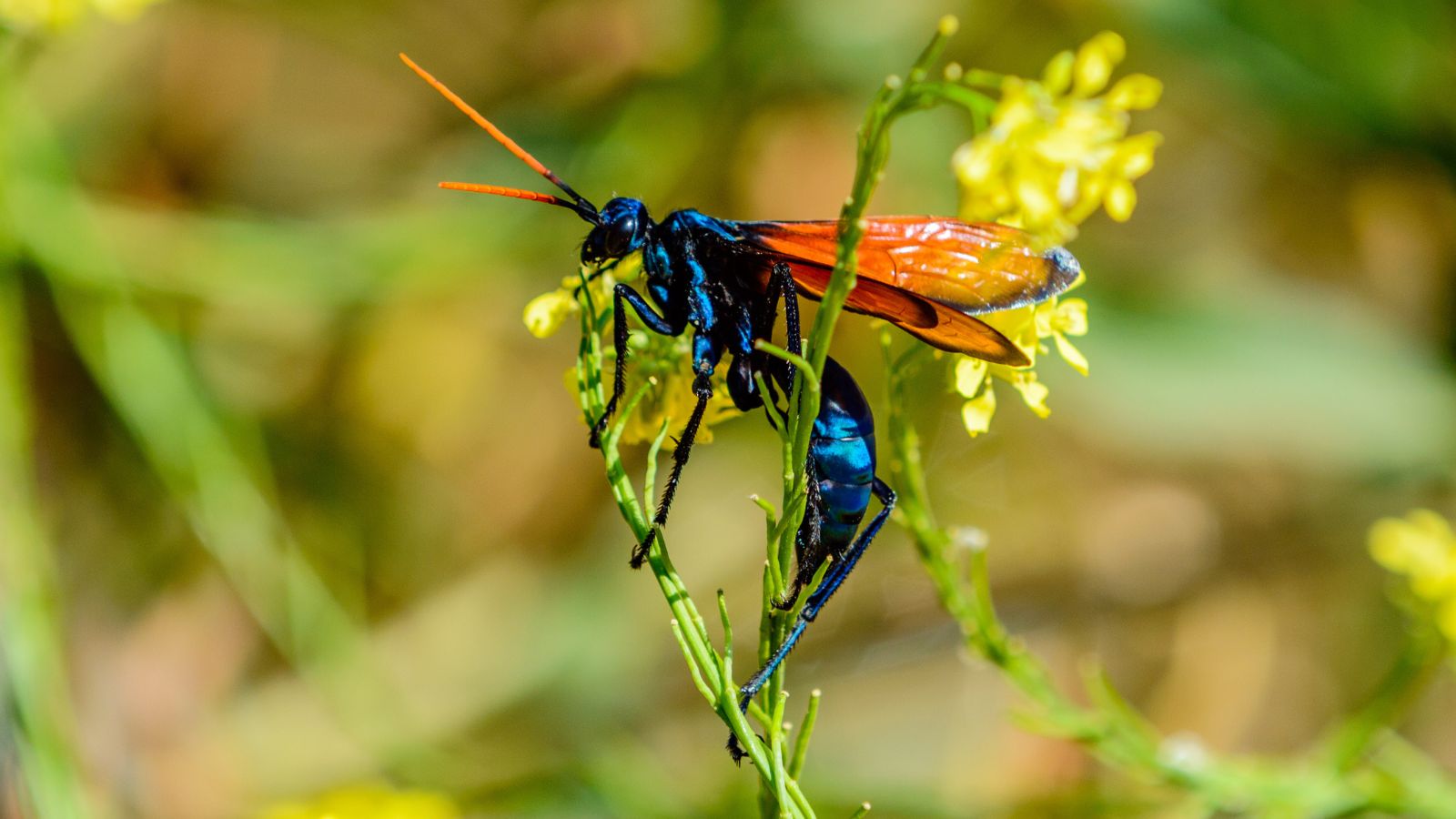
Aggressive and with a painful sting, which can be especially dangerous for those with allergies, wasps build nests around homes, often in eaves, attics, or sheds. To prevent wasps from settling in, keep food and drinks covered when outside, seal trash bins tightly, and inspect your home regularly for nests.
Fleas
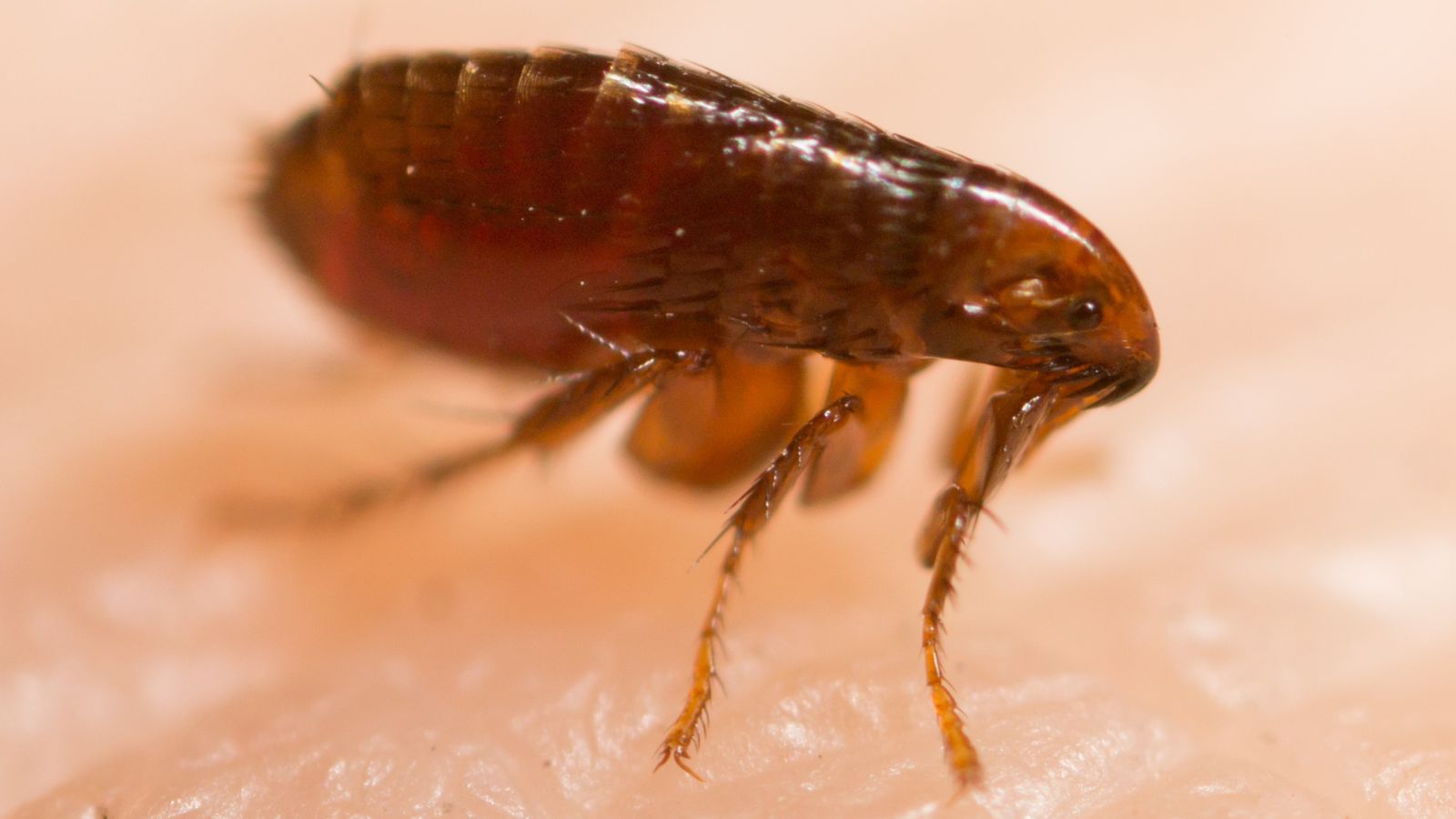
Fleas are tiny, but their bites can cause significant discomfort and irritation, and they often enter homes on pets. They can quickly infest carpets, furniture, and bedding. Regularly treating pets with flea preventatives, vacuuming frequently, and washing pet bedding can help keep fleas at bay.
Silverfish
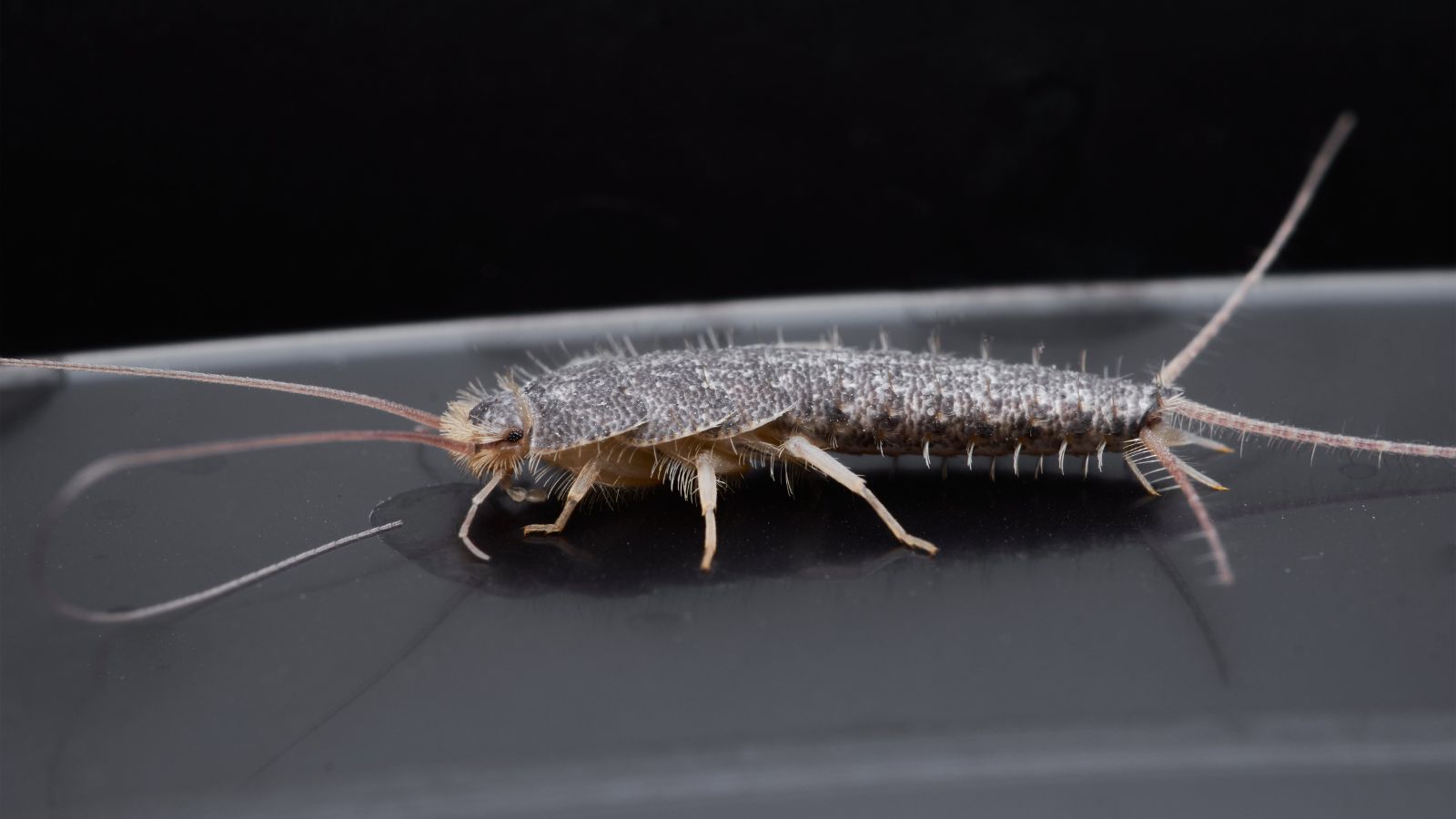
Nocturnal insects, known as silverfish, can cause damage to books, wallpaper, clothing, and other materials. They thrive in damp, dark environments like bathrooms and basements. To prevent silverfish, keep these areas dry and well-ventilated, store books and clothes in sealed containers, and use dehumidifiers if necessary.
Mosquitoes
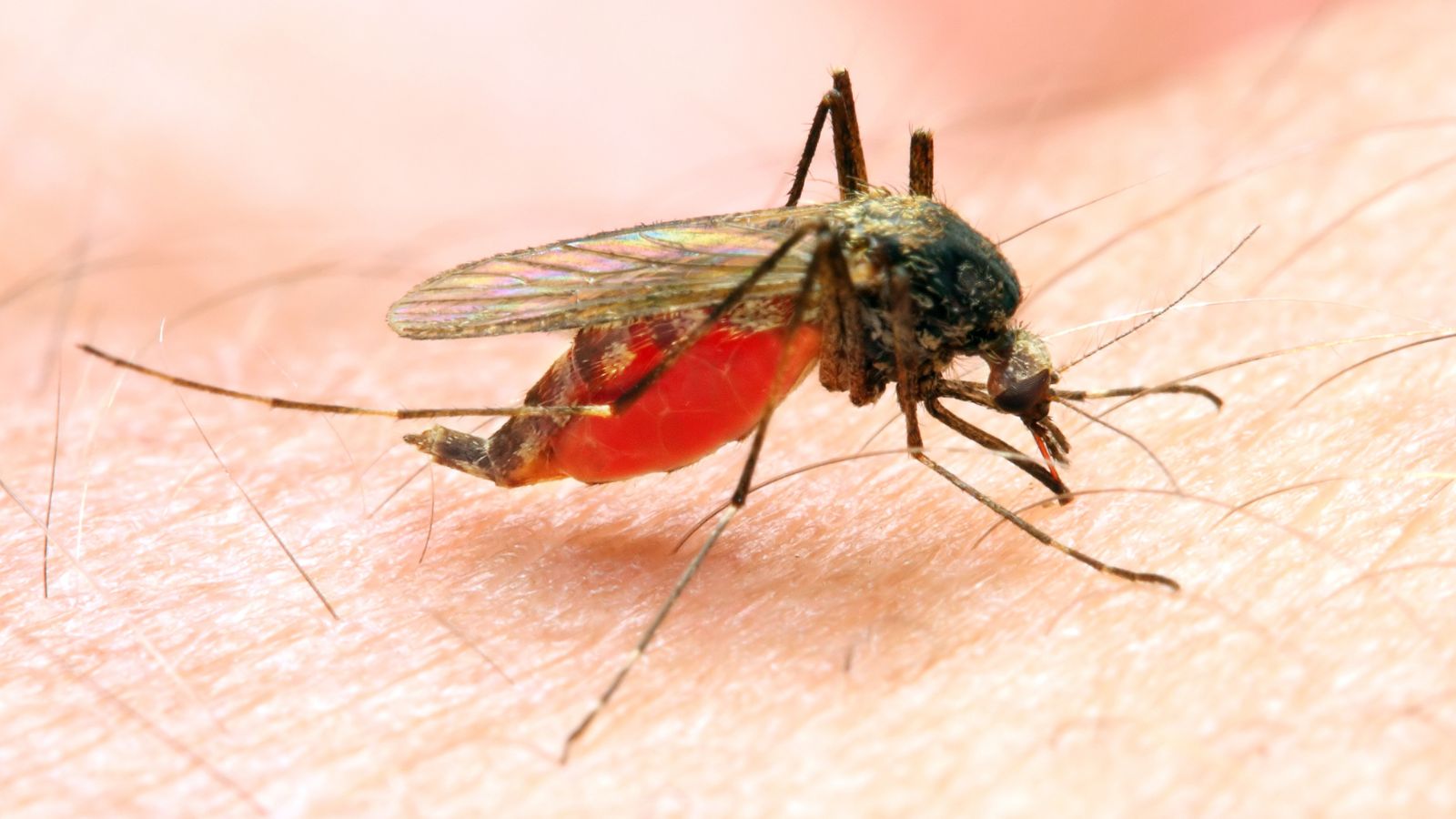
Mosquitoes are not just annoying; they can also transmit diseases like West Nile virus and malaria, and they breed in standing water, so eliminating any sources of stagnant water around your home is crucial. Use screens on windows and doors, apply insect repellent, and consider using mosquito nets or traps to protect your home from these pesky invaders.
House Flies
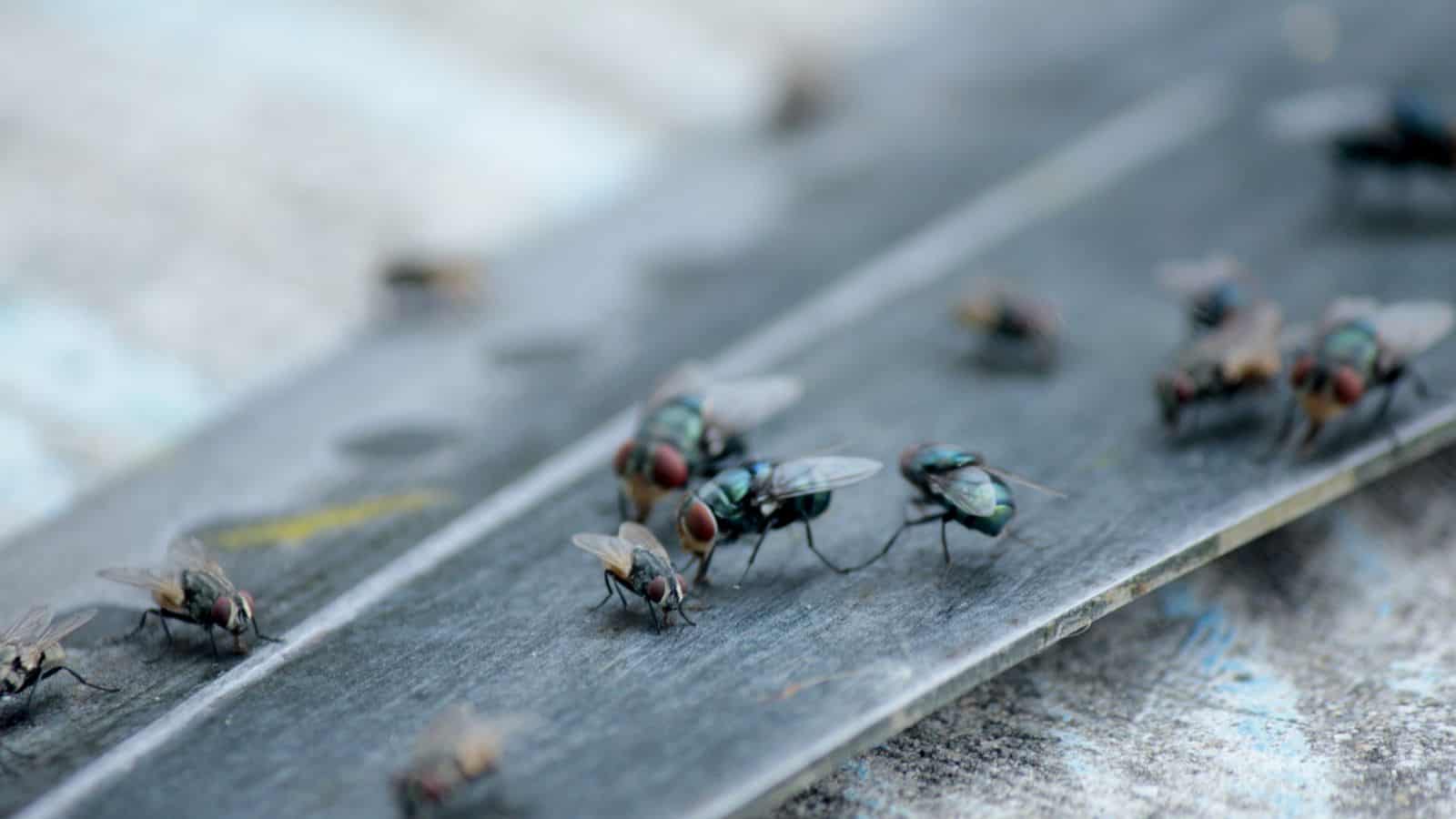
Carrying diseases and contaminating food, house flies are more than just a nuisance. They are attracted to food, garbage, and faeces, so to keep flies out of your home, maintain cleanliness, cover food, and dispose of waste promptly. Installing fly screens on windows and doors can also help keep them at bay, too.
Centipedes
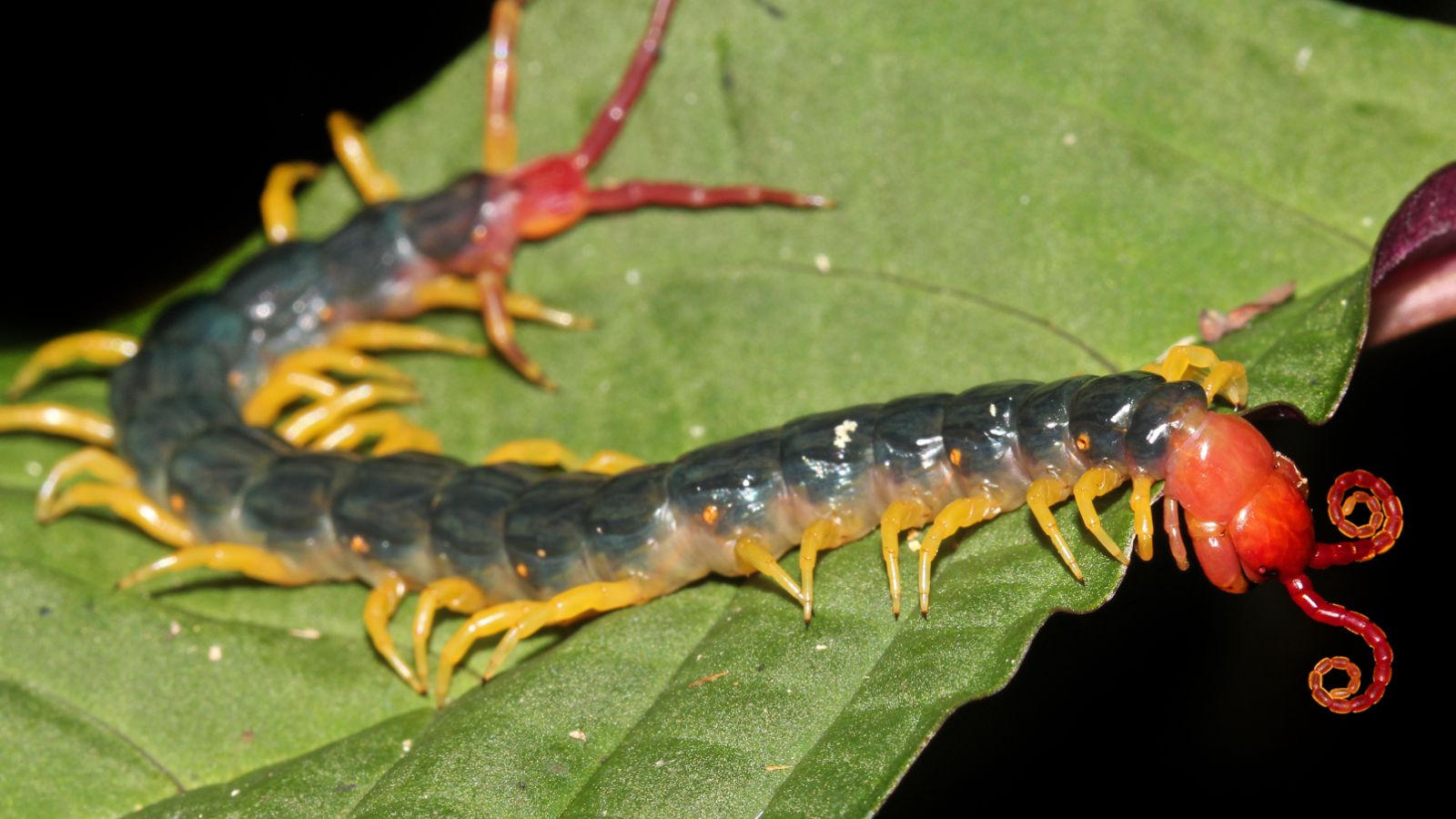
Centipedes can be creepy with their many legs and rapid movements. While they help control other pests, their presence can be unsettling, and they are drawn to damp areas, so reducing moisture and sealing entry points can help keep them out. If you encounter a centipede, it’s best to capture and release it outside rather than kill it, as they can help keep other pests in check.
Moths
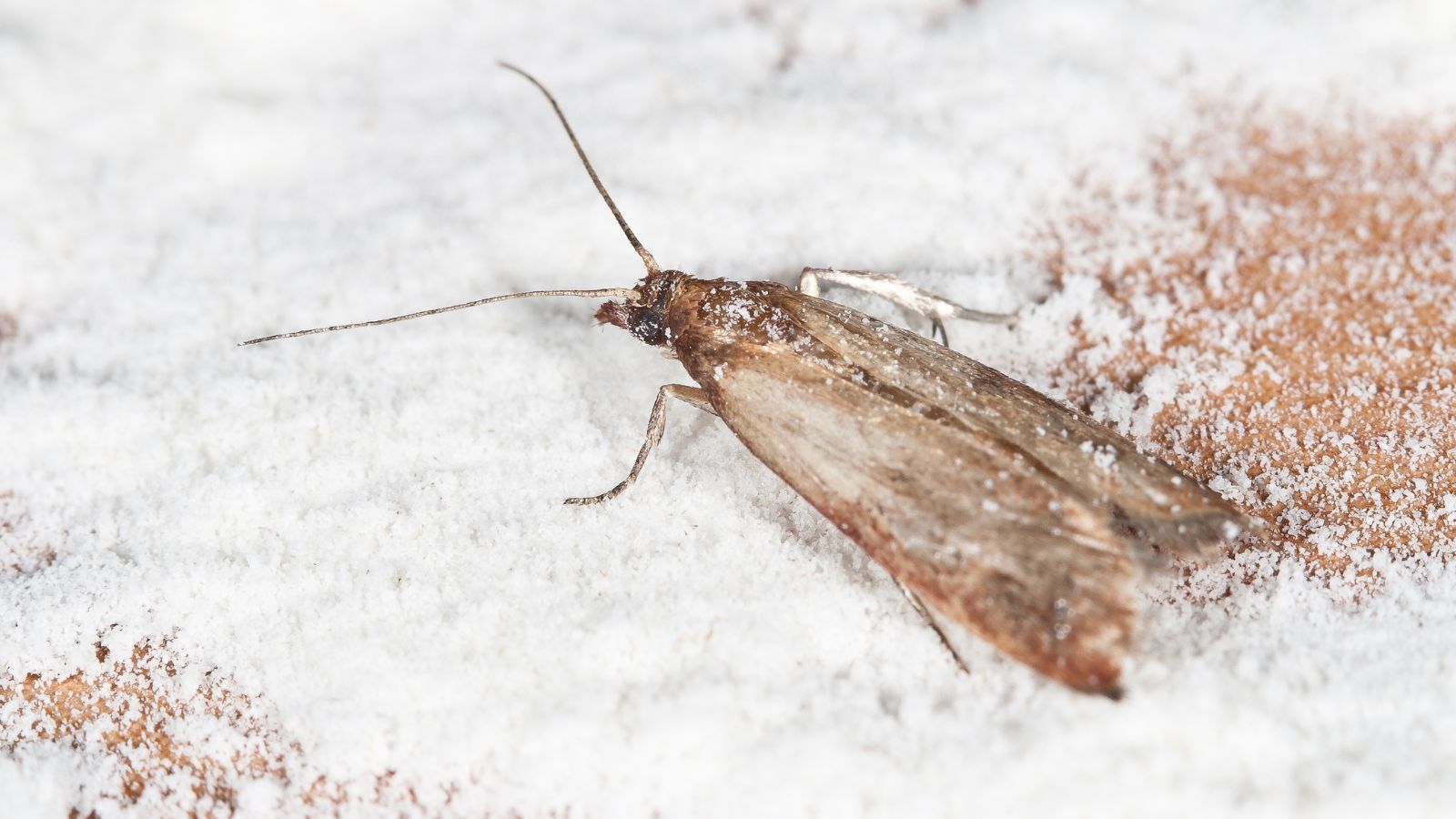
Another bug that can be a real headache are moths, especially if they target your clothes or pantry, as clothes moths can damage fabrics, while pantry moths contaminate food. To prevent moths, store clothes in sealed containers, regularly clean out your pantry, and use moth repellents like cedar or lavender.
Ticks
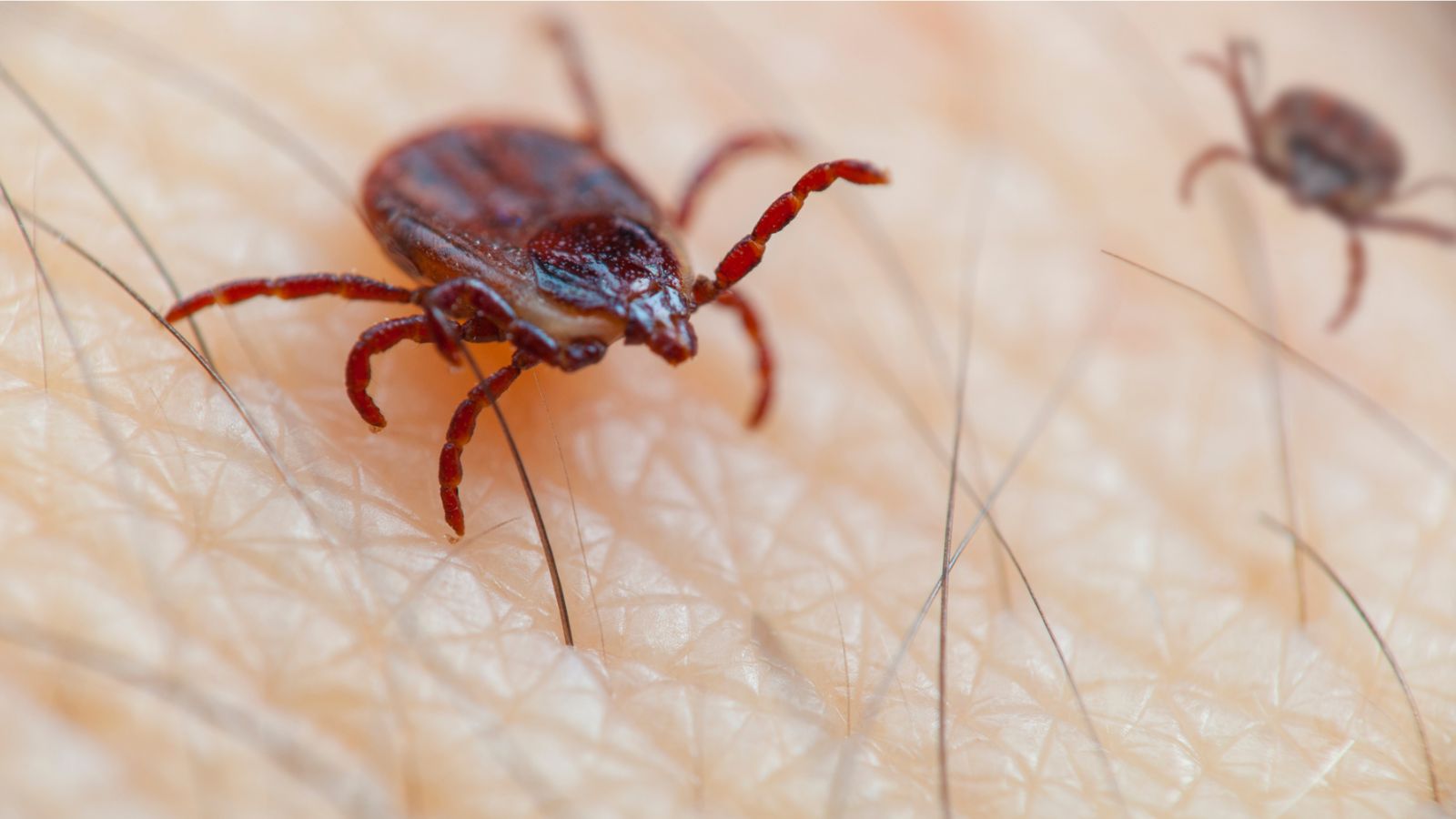
Ticks can pose serious health risks as they can transmit Lyme disease and other illnesses, and they often hitch a ride on pets or humans after spending time outdoors. To prevent ticks, keep your yard tidy, use tick preventatives on pets, and check yourself and your pets for ticks after spending time in grassy or wooded areas.
Earwigs
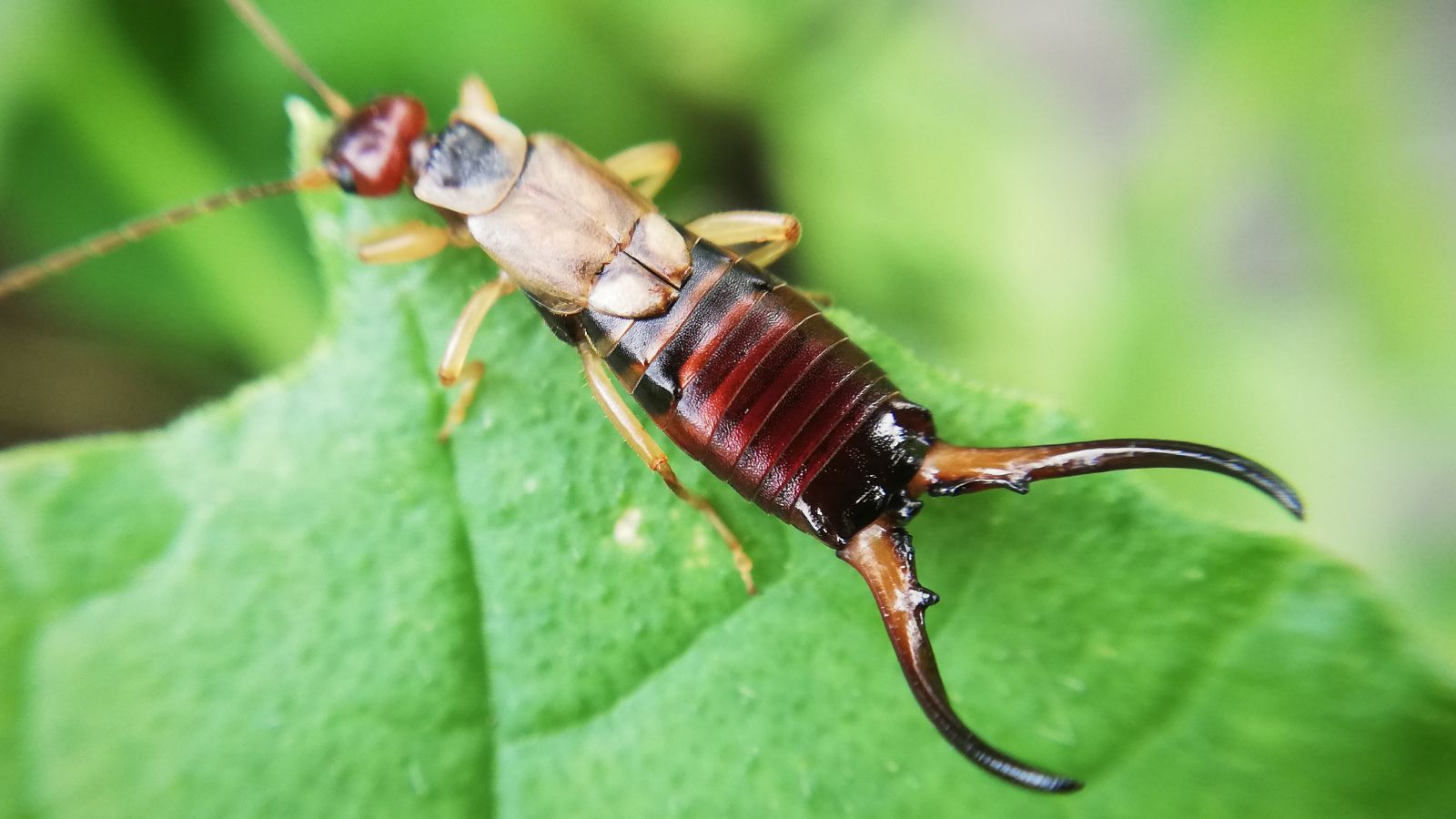
They might look menacing with their pincers, but earwigs are generally harmless to humans; however, they can damage plants and occasionally find their way indoors. They prefer damp, dark places. Keeping your home dry, sealing cracks and gaps, and removing debris from around your home can help prevent earwigs from becoming a problem.
Carpet Beetles
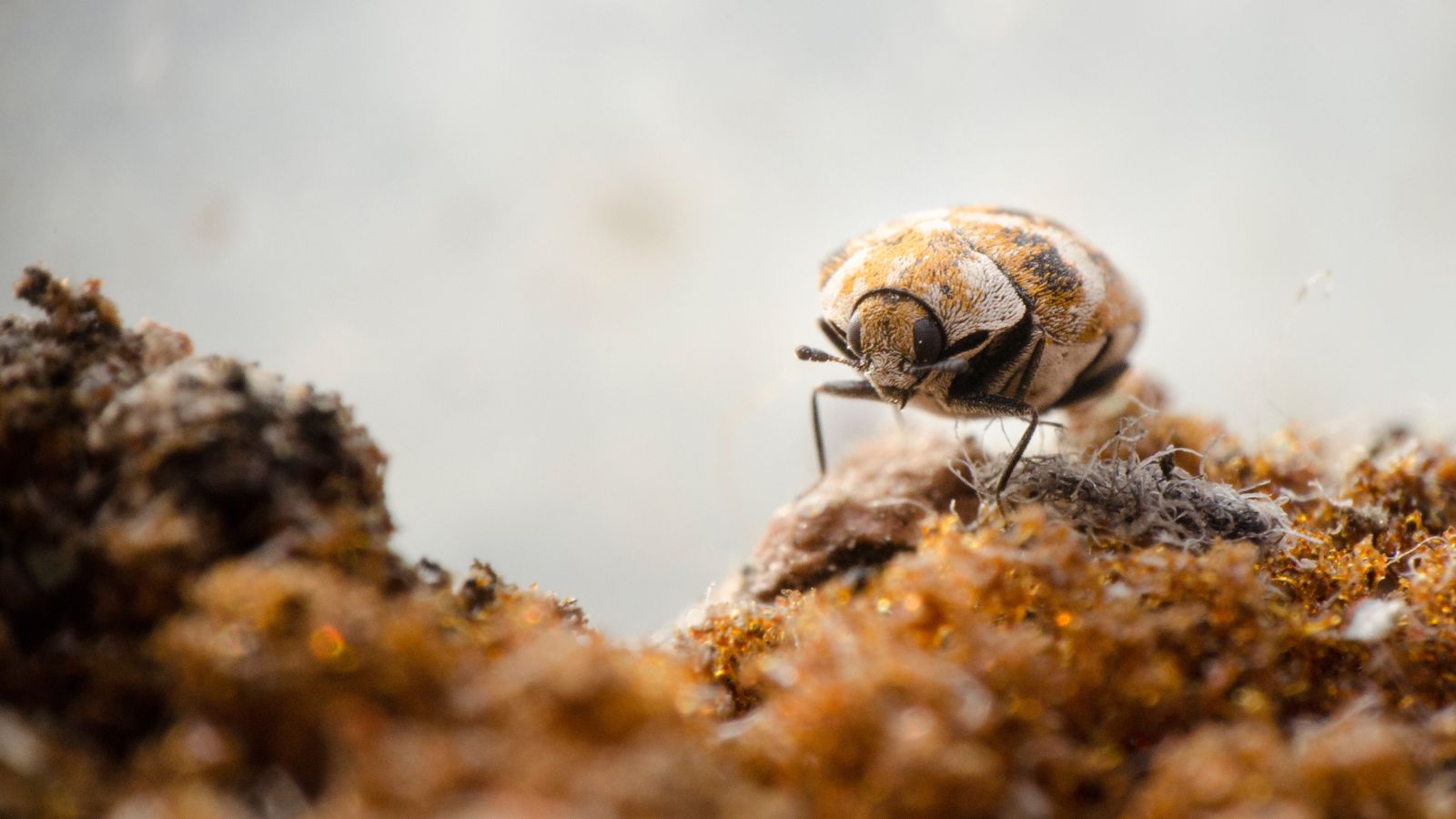
Carpet beetles can cause significant damage to fabrics, carpets, and other natural fibres, and they often enter homes through open windows or doors and lay eggs on materials they can feed on. Regular cleaning, storing clothes properly, and using insecticides or natural deterrents can help keep carpet beetles at bay.
Stink Bugs
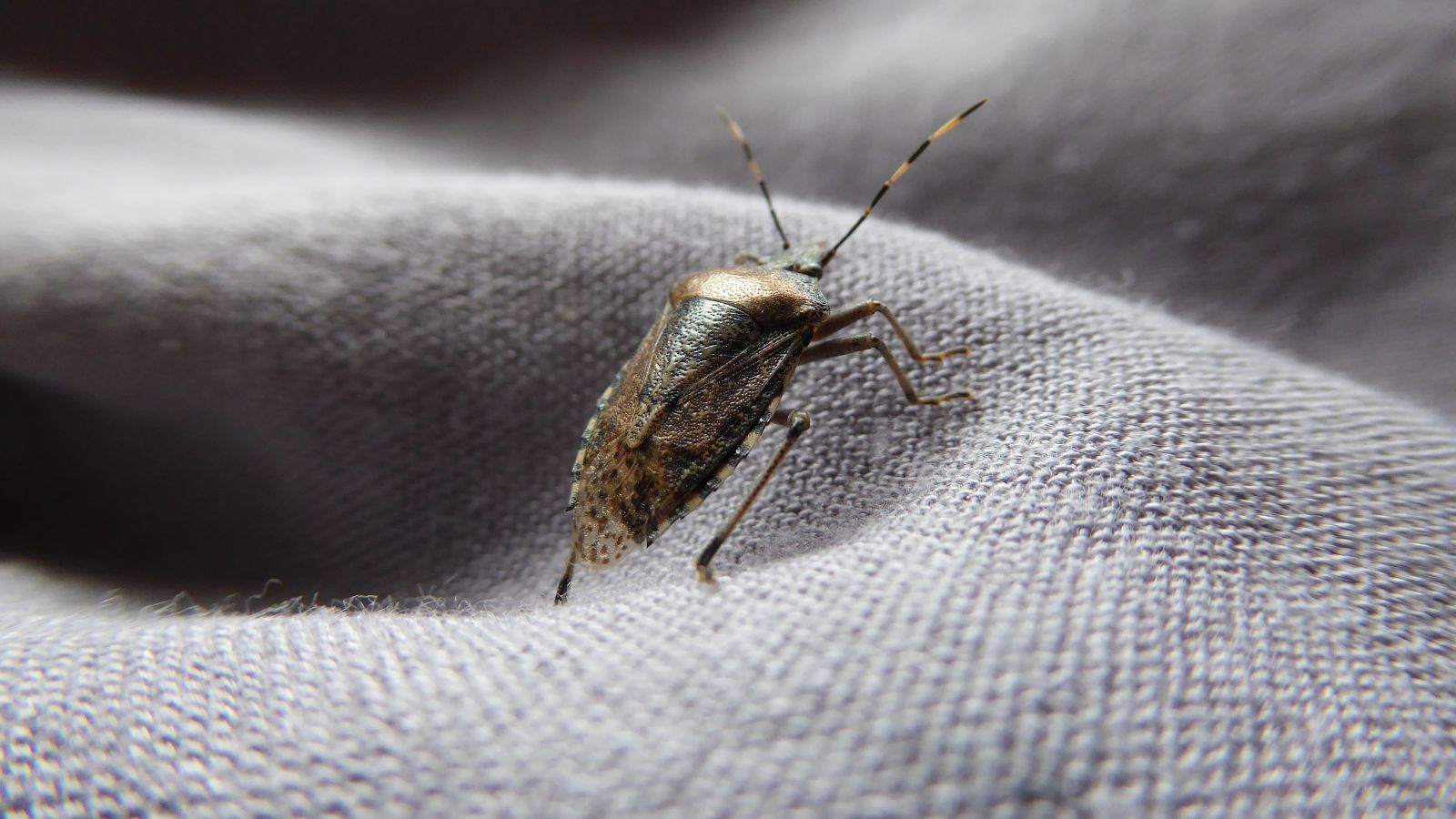
Releasing a foul odour when threatened or crushed, stink bugs are particularly unpleasant to deal with, and they commonly go looking for shelter indoors as the weather cools. To prevent stink bugs, seal entry points around windows and doors, and remove any they find inside using a vacuum cleaner, disposing of the bag immediately.
Firebrats
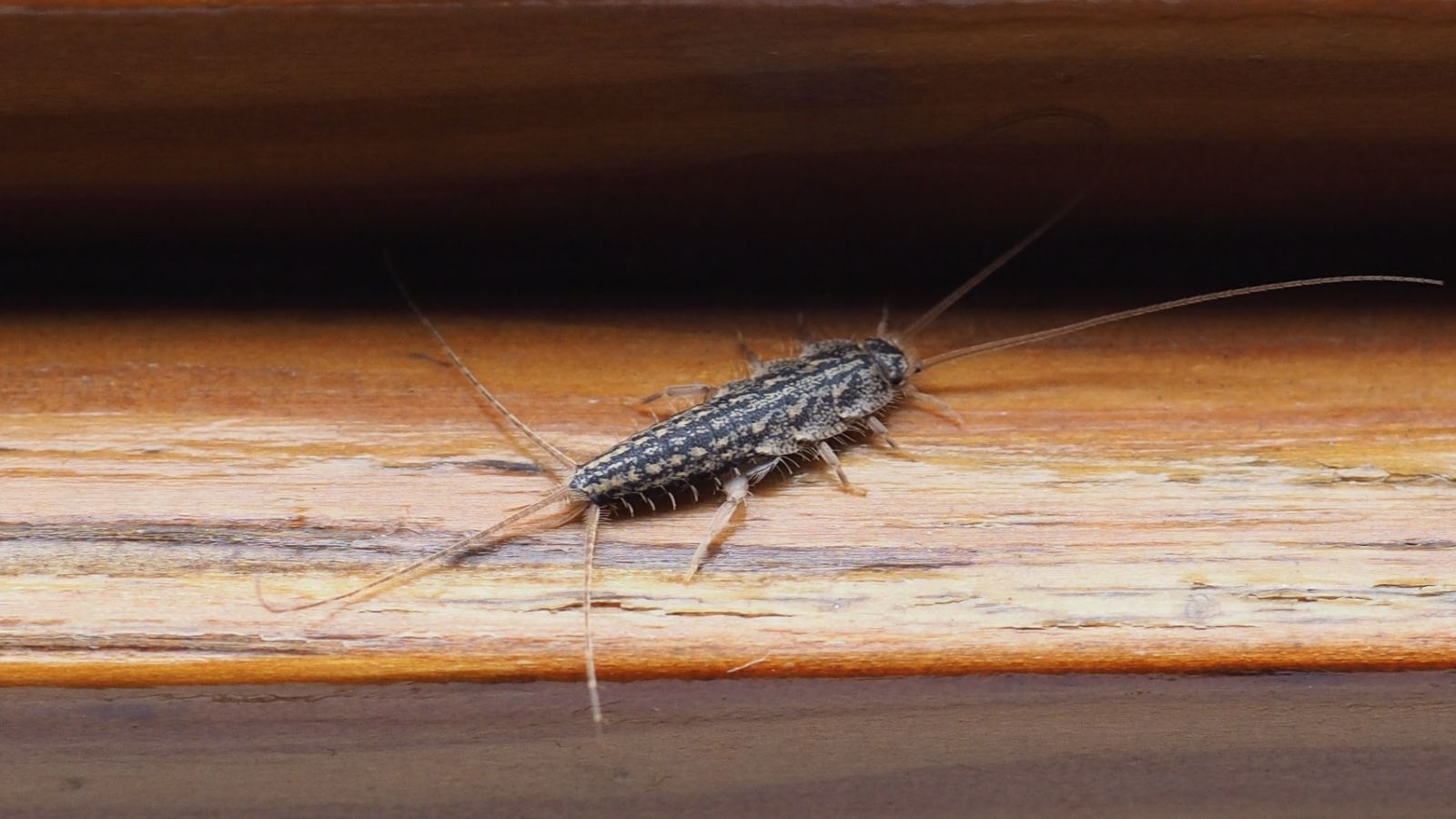
Similar to silverfish, firebrats thrive in warm, humid environments like attics and kitchens. They feed on a variety of materials, including paper, glue, and food crumbs. To prevent firebrats, reduce humidity levels in your home, store food in airtight containers, and keep your home clean and free of debris, while regular inspections and prompt repairs of leaks can also help keep these pests at bay.

